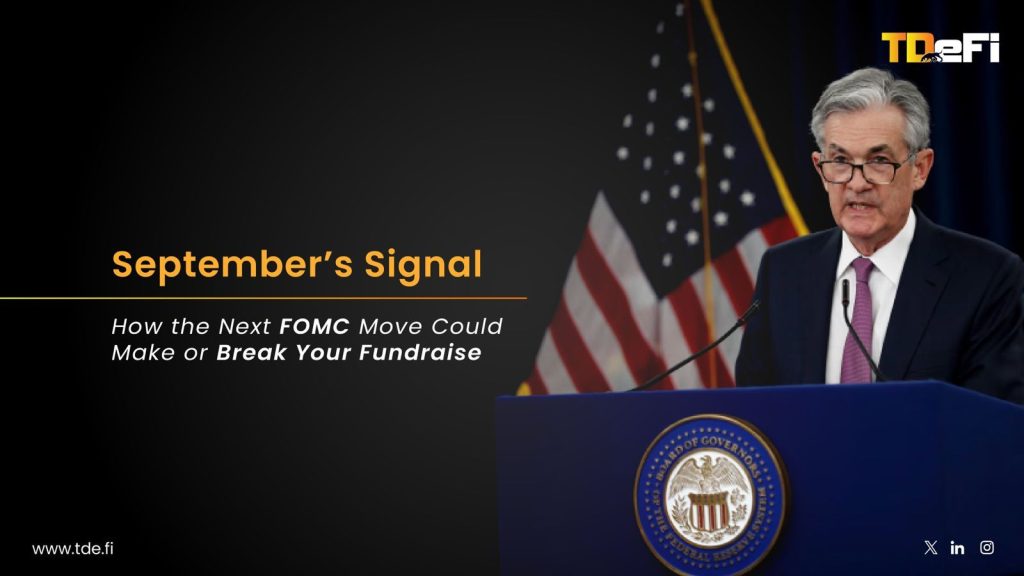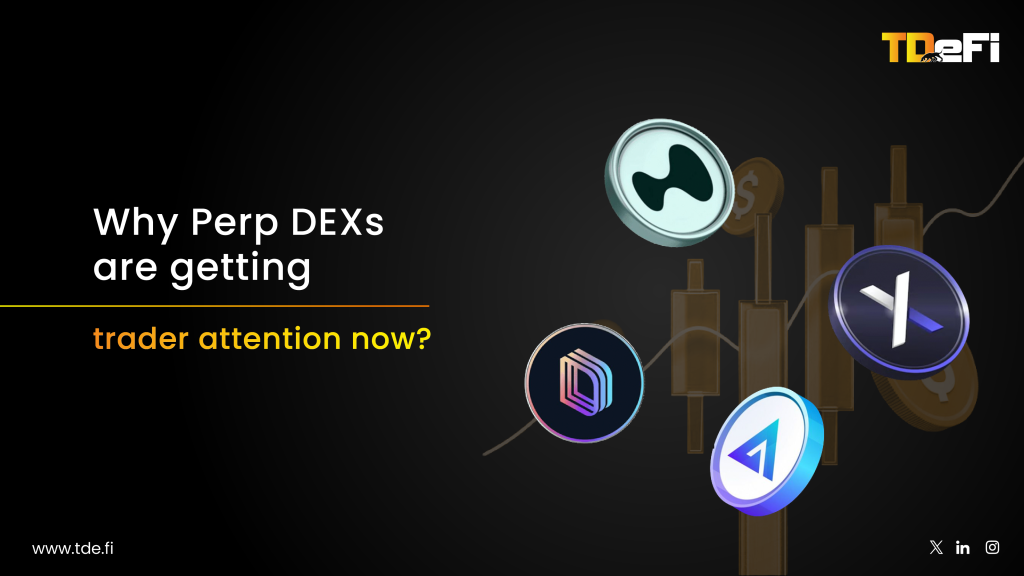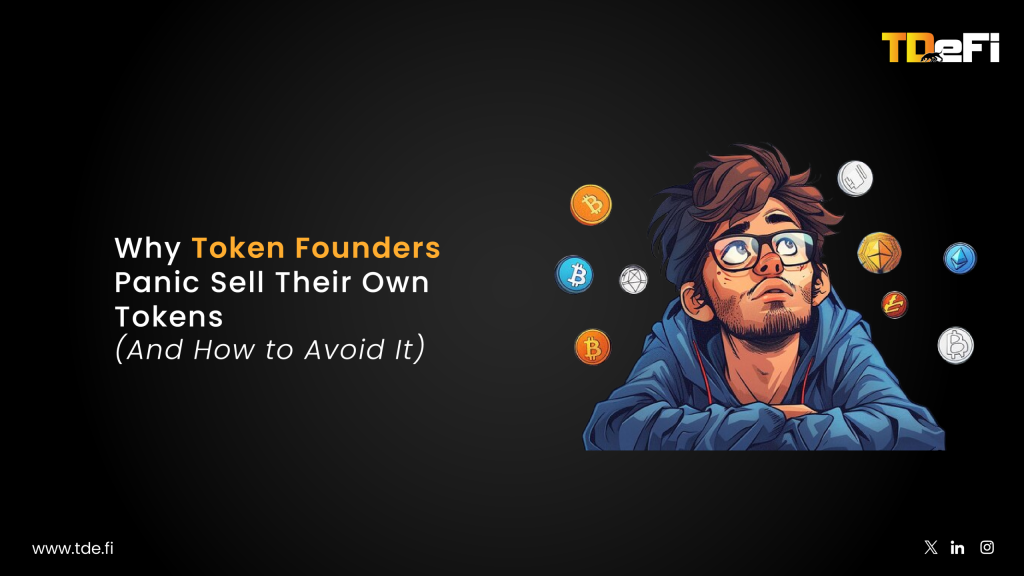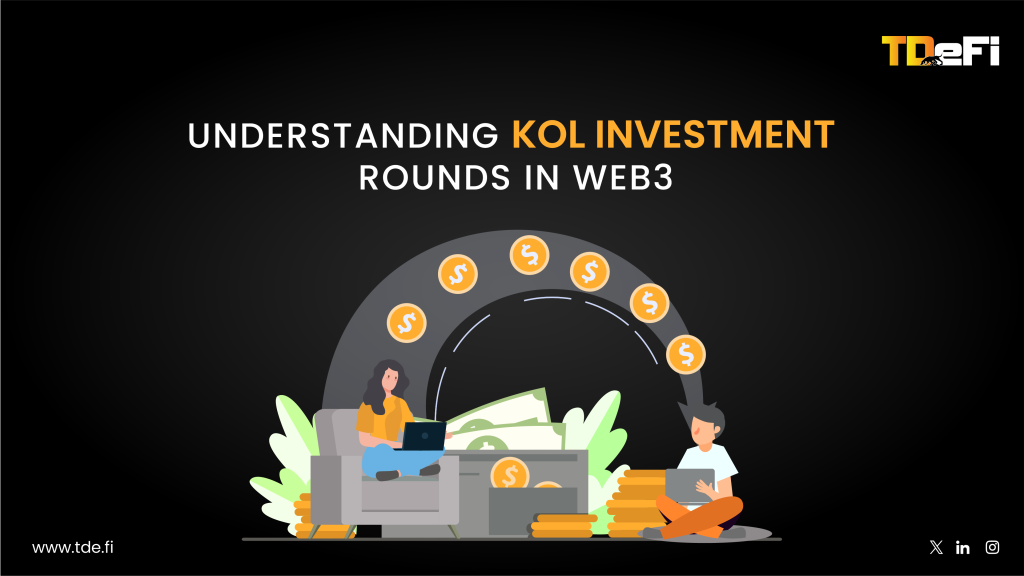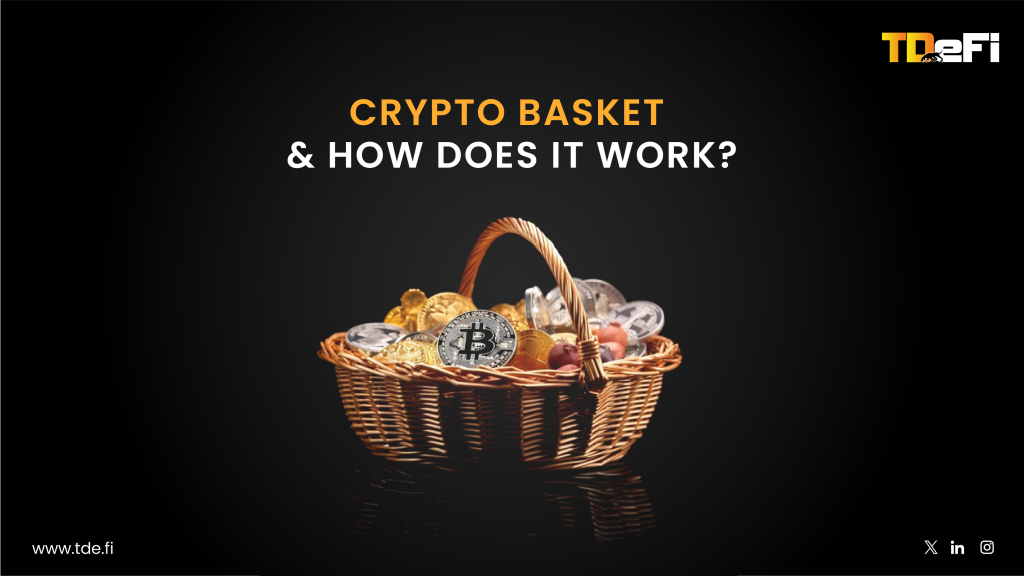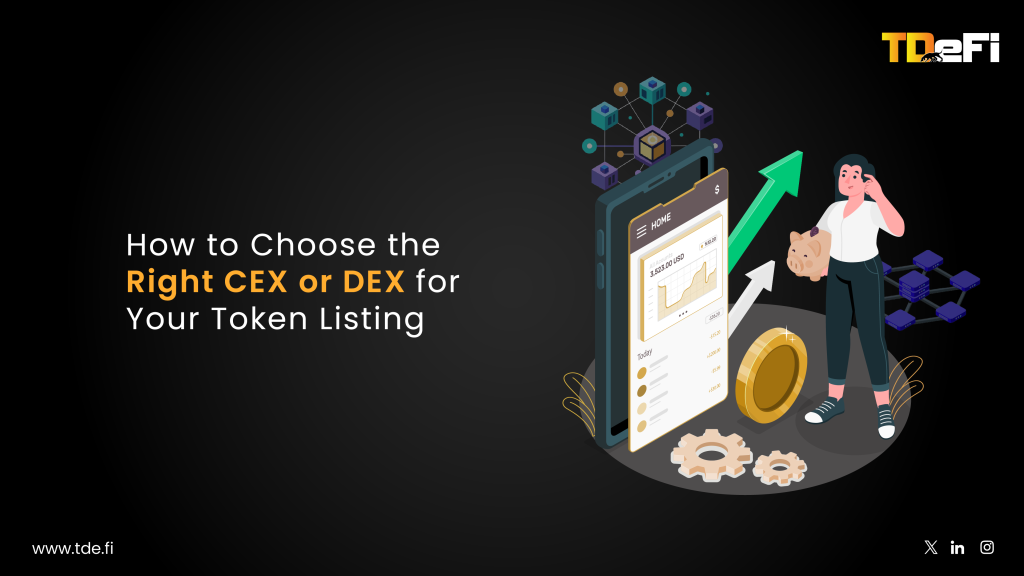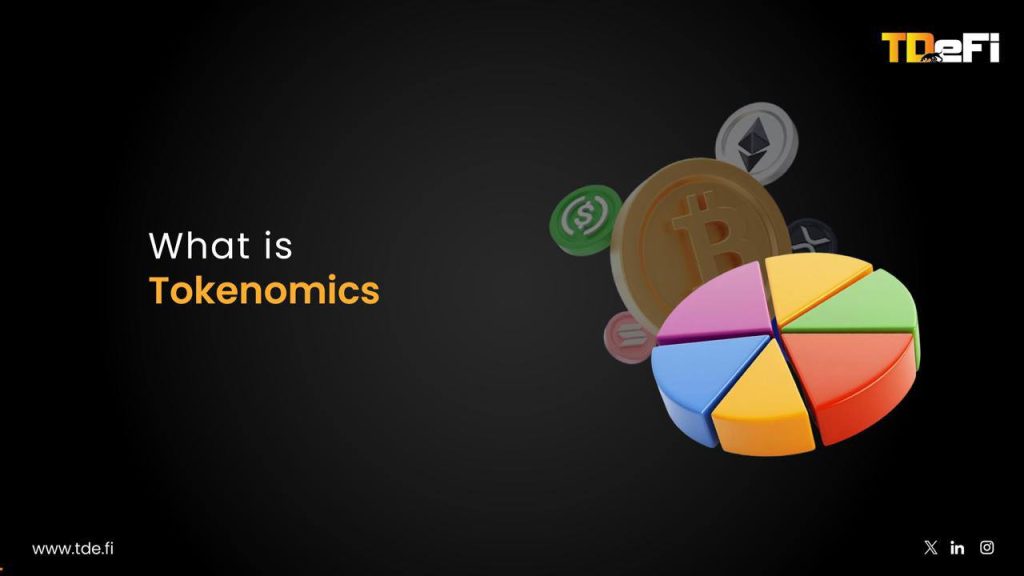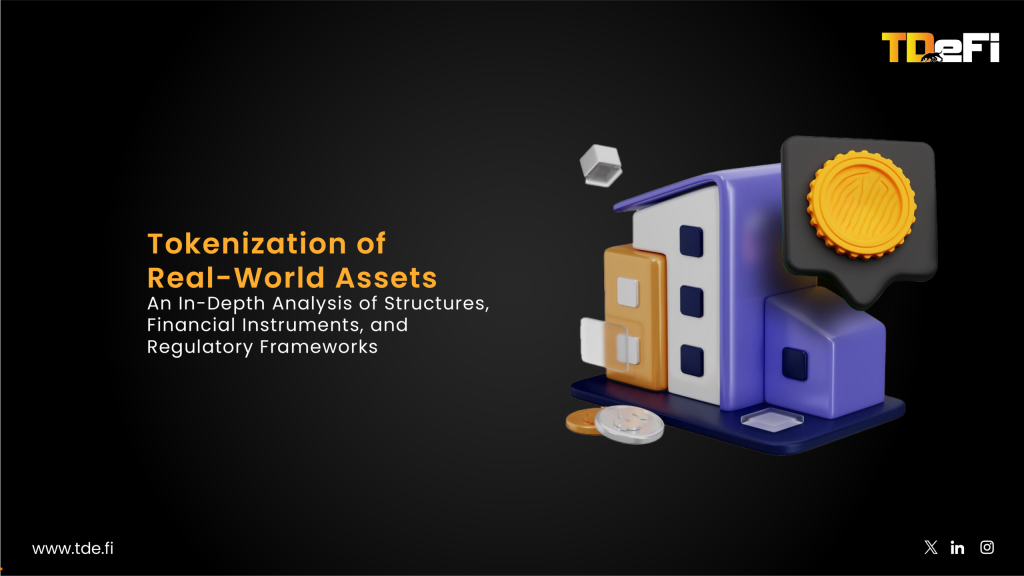You Built the Tech, But Your Token’s About to Break It
You’ve spent months, maybe years, building. The product works, the community is hyped, the investors are onboard. Yet, in the first week after launch, your token’s price tanks 60%. The product didn’t fail. The tokenomics did.
Founders often underestimate how fragile the early days of a token are. The market isn’t just trading your asset, it’s trading its belief in you. Every dip, every sell wall, every liquidity mismatch feeds into a single meta-narrative: “This team doesn’t know what they’re doing.” Once that narrative takes hold, even a strong product will struggle to recover.
Tokenomics is not an afterthought. It is your market strategy, your brand trust mechanism, and your primary bridge between builders, investors, and users.
The Vesting Cliff That Kills Your Market Before It Starts
If your first major unlock hits three weeks after launch, congratulations, you just scheduled a liquidity crisis. Vesting cliffs that dump large amounts of supply into an immature market instantly erode confidence.
The problem isn’t that investors or team members shouldn’t get liquidity. The problem is that liquidity must arrive in sync with actual market absorption capacity. When early backers, advisors, or even the team have tokens unlocking while trading volumes are thin, the sell pressure overwhelms demand, triggering a spiral of falling prices and shaken hands.
Avoidance Play:
- Stagger unlocks across multiple smaller tranches rather than one giant cliff.
- Tie vesting schedules to milestone-based unlocks, not just time.
- Include dynamic vesting clauses that allow the DAO or core team to adjust in adverse market conditions.
Visual #1 — Token Unlock Pressure Timeline
A Gantt-style timeline showing projected unlock dates for different stakeholder groups overlaid with expected daily trading volume. This makes it obvious whether your unlock schedule is outpacing your market depth.
Liquidity Is Not a Checkbox; It’s Your Market’s Lifeline
Many founders think liquidity is solved the moment they seed a Uniswap pool or pay a market maker. In reality, liquidity is a living organism. It needs to be deep enough to absorb normal trading, wide enough to deter manipulation, and incentivized enough to stay there when the hype cools.
Too shallow, and a single sell order moves the price 10%, a visual invitation for arbitrageurs and short sellers. Too deep, and you’ve overcommitted treasury resources that could be used for growth.
Avoidance Play:
- Start with liquidity depth proportional to expected 24h volume (rule of thumb: at least 5–10x).
- Use multiple liquidity pairs (e.g., stablecoin + native token) to reduce volatility.
- Regularly audit LP positions to ensure capital efficiency.
Emissions Aren’t Adoption, They’re Accelerated Sell Walls
High token emissions can look like a growth engine. More rewards mean more users, right? Wrong, if those rewards are liquid too quickly, you’re subsidizing mercenaries, not building loyalists.
Founders often launch with aggressive staking or farming rewards to create “buzz,” but without lockups or utility sinks, those tokens boomerang back to the market. The result? Persistent sell pressure that becomes part of your price chart’s DNA.
Avoidance Play:
- Tie emissions to engagement metrics (governance participation, retention streaks) rather than just capital provision.
- Use lockups or bonding mechanisms to delay sell pressure.
- Reduce emissions as network effects grow, don’t let incentives outlive their usefulness.
When Your Investors Dump, Your Community Dumps You
Early investors are vital, they provide capital, credibility, and connections. But if their incentives are misaligned with your community, the fallout is brutal. The second retail sees large wallets exiting, sentiment collapses.
This is especially dangerous when vesting schedules for investors are shorter than those for community or team members. It creates a two-tiered system where insiders profit while everyone else holds the bag.
Avoidance Play:
- Align investor vesting with community trust-building milestones.
- Negotiate secondary sale restrictions for early backers.
- Offer investors governance perks in lieu of early liquidity to keep them engaged.
Price Action Shapes Narrative and Narrative Shapes Everything
Tokenomics mistakes aren’t just about numbers, they’re about story. A token that launches at $1 and crashes to $0.30 tells the market a very different story than one that launches at $1, dips to $0.85, then grinds upward.
Exchanges watch this story. So do influencers, analysts, and rival protocols. Your early price action influences listing opportunities, liquidity partner negotiations, and your ability to attract builders.
Avoidance Play:
- Control volatility through staged liquidity deployment and market making.
- Avoid overhyping launch day, leave room for positive surprises.
- Monitor social sentiment alongside price charts to catch narrative shifts early.
Momentum Curve
Your Tokenomics Is Your First Product
For most founders, the first thing the market interacts with isn’t your dApp, it’s your token. That token’s design, distribution, and price action form the first impression that will either fuel your adoption or anchor you in a defensive crouch.
The irony is that many founders obsess over front-end UX but treat tokenomics as a postscript. In reality, your token’s launch economics are the actual onboarding funnel for your brand. A well-structured token can buy you time, credibility, and liquidity, all of which you’ll need for everything else to work.
Get it wrong, and you’ll be playing uphill for years. Get it right, and the market will give you the benefit of the doubt when you need it most.
Need help with building your Tokenomics? Connect with us at [email protected] and we will make it tailored for you























